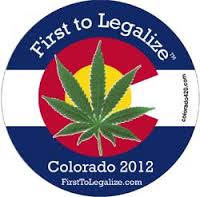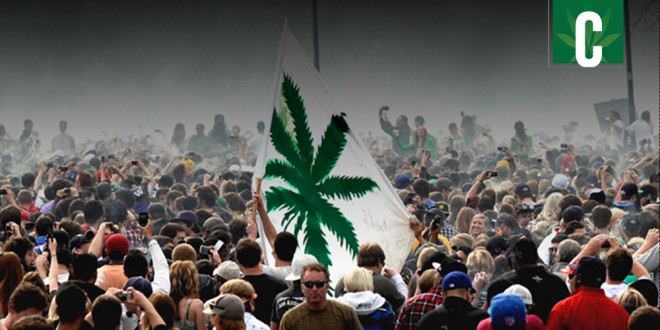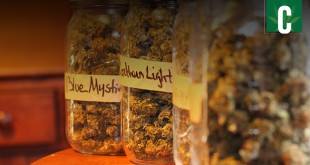Voters in Ohio shot down a legalization effort in November, marking the first big loss for reformers since last year, when Florida fell just shy of enacting medical marijuana. But the big picture remains rosy.
Weed is now legal in five places within the borders of the United States: Colorado, Oregon, Alaska, Washington State, and the District of Columbia. The drug is permitted for medical use in another 33 states and two territories, and 15 states have decriminalized it for personal use.
But which of these places has the best laws? Here is a comparison of the legal pot rules in Oregon, Washington, and Colorado, the three states where recreational weed is already on sale in retail stores. You can’t go wrong with any of these places, but some are a bit more stoner-friendly than others.
Oregon

Oregon generally has the loosest marijuana rules of the three states, with the highest caps on possession (1 ounce in public and 8 ounces at home), relatively generous cultivation limits (4 plants), and low taxes.
The state levies a flat $35 tax on each ounce purchased, as opposed to the proportional rates in Washington and Colorado. That could mean higher prices on cheap pot but also lower prices on the expensive stuff.
In an important concession to the cannabis industry, businesses that grow weed may also sell it in Oregon. And the law bars local governments from outlawing legal pot shops without a public vote. That’s a big improvement on Colorado and Washington.
Finally, the law in Oregon doesn’t put a cap on the number of retail outlets that can be licensed. The state may ultimately impose one, but this leniency reflects a more relaxed attitude among voters. One big issue is still in the air, however: DUI rules. A state agency will make recommendations to the legislature soon.
Washington

Washington allows possession of up to one ounce, whether in public or private. Residents are prohibited from growing at home, leaving only dispensaries as a source of legal weed.
Licensed businesses are barred from selling product at both the wholesale and retail level, which effectively divides the industry in half: Growers must sell to independent retailers, who then sell it to customers. The state uses a “per se” approach to driving while stoned, in which motorists caught with 5 nanograms of THC or more per milliliter of blood are automatically considered impaired.
The state allows local governments to set their own regulations, including outright bans on pot shops. There is a cap of 334 on the number of shops that can sell retail pot. And a tax of 25 percent applies at each point of sale, grower to processor, processor to retail, and retail to customer. This is the highest tax levied in any of the three states.
Colorado

Stoners may buy and possess up to one ounce of marijuana in Colorado, though out-of-staters are limited to purchases of a quarter ounce. The state allows home cultivation of up to six plants at the same time, though only three may be mature.
Initially, Colorado required that retailers grow 70 percent of their product, but that provision expired last year. Now, license holders may either grow their own or buy it on the wholesale market.
The state uses the same DUI standards as Washington, with a similar cutoff of 5 nanograms of THC per milliliter of blood. As in Washington, local communities may ban all pot shops within their boundaries. But there is no limit in Colorado on the number of retail licenses statewide.
The two-pronged tax includes an excise levy and a sales tax that add up to roughly 25 percent on each weed purchase. That’s closer to Oregon’s relatively low tax than it is to the higher rate in Washington.
 California Marijuana Market Breaking "Marijuana News" from CA
California Marijuana Market Breaking "Marijuana News" from CA


